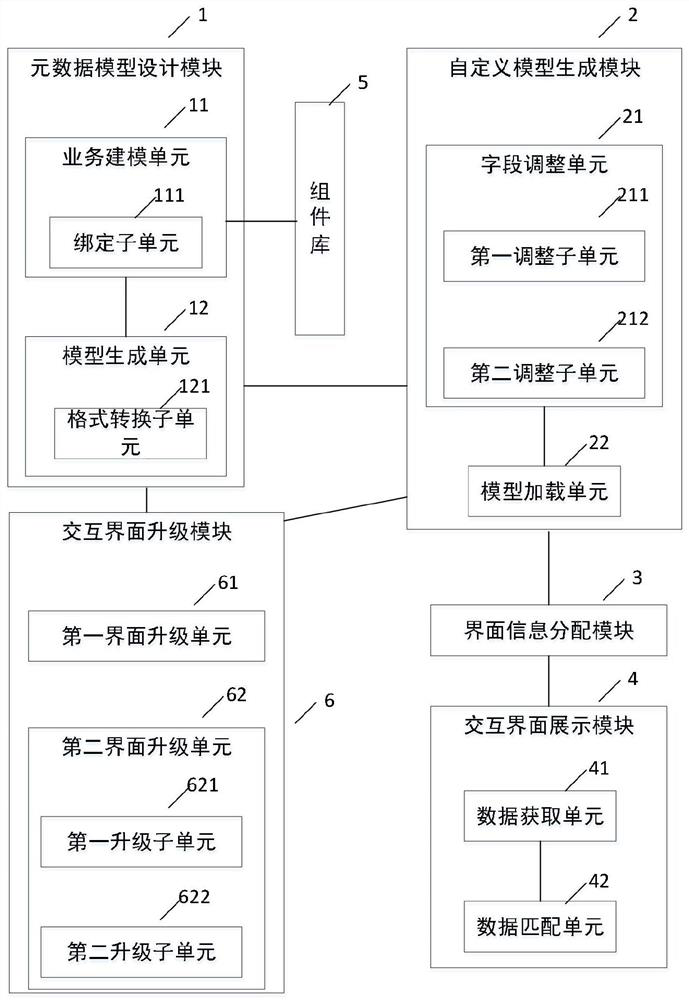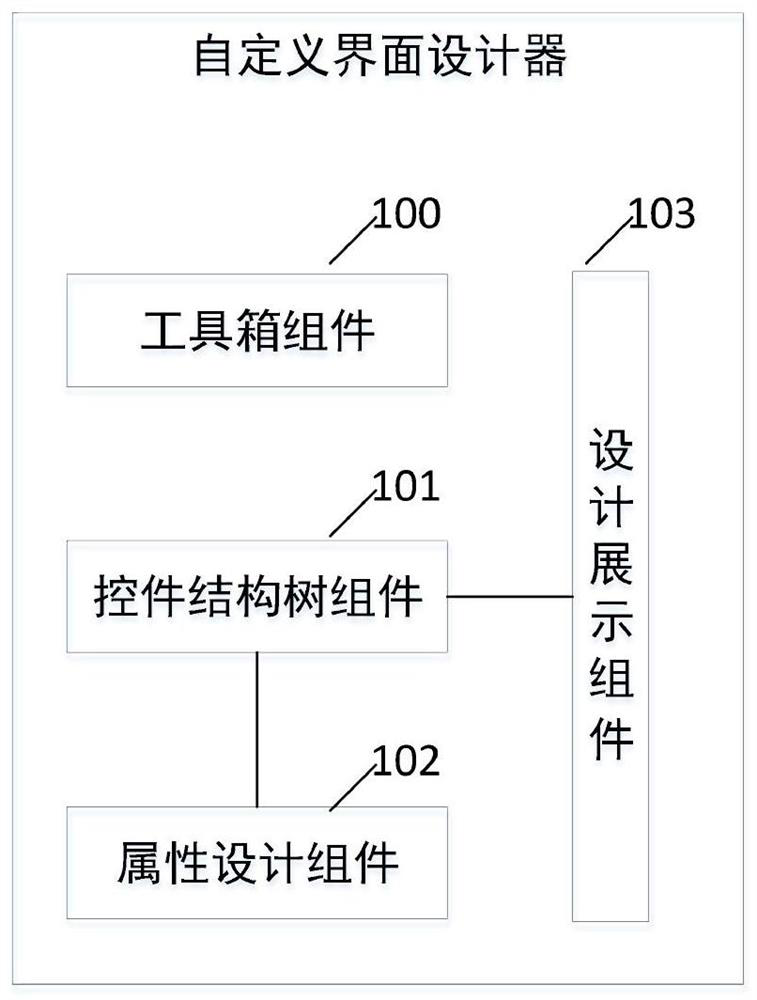A system based on metadata model to realize a design with thousands of faces
A metadata model and designer technology, applied in software design and other directions, can solve problems such as difficult upgrades, increased development and testing costs, and complicated processes, and achieve the effects of improving customer satisfaction, agile development models, and stable core products
- Summary
- Abstract
- Description
- Claims
- Application Information
AI Technical Summary
Problems solved by technology
Method used
Image
Examples
Embodiment Construction
[0049] The invention will be described in detail below with reference to the accompanying drawings and specific examples. The present invention is not limited to this embodiment, and other embodiments may also belong to the scope of the invention as long as they meet the spirit of the invention.
[0050] In a preferred embodiment of the present invention, based on the above problems present in the prior art, a system-based system-based system-based system, such as figure 1 As shown, including:
[0051] Metadata Model Design Module 1, used to generate standard interactive interface metadata models in the development phase of the interactive interface;
[0052] Custom Model Generation Module 2, Connection Data Model Design Module 1, is used to generate at least one custom interactive interface metadata model based on the standard interactive interface metadata model based on the running phase of the interactive interface. ;
[0053] Interface Information Assignment Module 3, Connect...
PUM
 Login to View More
Login to View More Abstract
Description
Claims
Application Information
 Login to View More
Login to View More - R&D
- Intellectual Property
- Life Sciences
- Materials
- Tech Scout
- Unparalleled Data Quality
- Higher Quality Content
- 60% Fewer Hallucinations
Browse by: Latest US Patents, China's latest patents, Technical Efficacy Thesaurus, Application Domain, Technology Topic, Popular Technical Reports.
© 2025 PatSnap. All rights reserved.Legal|Privacy policy|Modern Slavery Act Transparency Statement|Sitemap|About US| Contact US: help@patsnap.com


